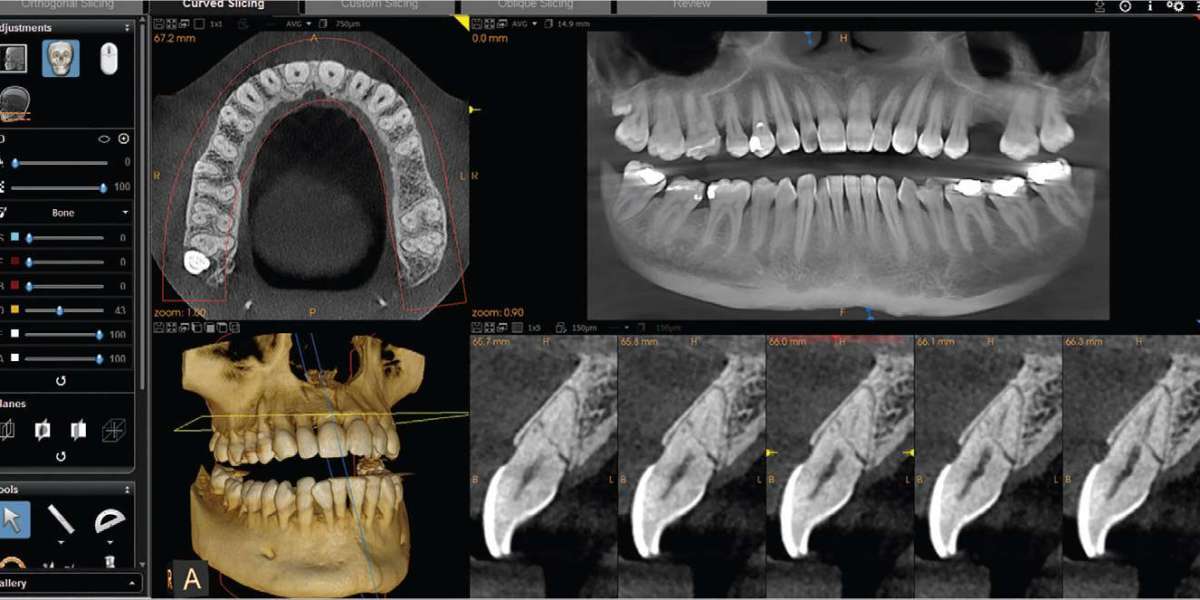Understanding your check stub is essential whether you’re an employee, freelancer, or business owner. A pay stub provides a detailed breakdown of your earnings, taxes, and deductions. Knowing how to read and interpret it can help you track your income, ensure accuracy, and avoid financial mistakes.
In this guide, we’ll explain each section of a pay stub, highlight key terms, and help you understand the importance of every detail.
What Is a Pay Stub?
A pay stub (also known as a check stub or paycheck stub) is a document that details how much an employee earns and what deductions are taken out before they receive their final paycheck. Employers provide pay stubs to employees as proof of income and to help track payroll records.
A pay stub typically includes:
Employee Information – Name, address, Social Security Number (SSN), or employee ID.
Employer Information – Company name, address, and contact details.
Earnings Section – Gross pay, hourly wages, overtime, and bonuses.
Deductions Section – Taxes, benefits, and other withholdings.
Net Pay – The final amount the employee takes home.
Now, let’s break down each section in detail.
Section 1: Employee & Employer Information
At the top of the pay stub, you’ll find basic details such as:
Employee Name & Address – Ensures the paycheck goes to the correct individual.
Employer Name & Address – Identifies the company issuing the paycheck.
Pay Period – Indicates the timeframe covered by the paycheck (e.g., bi-weekly, monthly).
Employee ID or SSN – Used for payroll tracking and tax reporting.
Section 2: Earnings Breakdown
The earnings section shows the gross pay before any deductions. It includes:
Regular Pay – Total wages before taxes and deductions.
Hourly Rate or Salary – How much the employee earns per hour or per pay period.
Overtime Pay – Additional earnings for extra hours worked (usually 1.5 times the regular rate).
Bonuses & Commissions – Extra earnings based on performance, sales, or company incentives.
Total Earnings – The sum of all wages before deductions.
Example:
| Description | Hours Worked | Rate | Total Earnings |
|---|---|---|---|
| Regular Pay | 40 | $20 | $800 |
| Overtime | 5 | $30 | $150 |
| Bonus | - | - | $100 |
| Total | - | - | $1,050 |
Section 3: Taxes & Withholdings
This section details the taxes and deductions taken from your paycheck. The most common withholdings include:
1. Federal Income Tax
The IRS requires employers to withhold federal taxes based on the employee’s tax bracket and W-4 form. The amount varies depending on:
Filing status (single, married, head of household)
Number of dependents
Additional withholdings requested
2. State Income Tax
Not all states have income tax, but if yours does, a percentage of your earnings will be deducted based on state regulations.
3. Social Security Tax (FICA Tax)
Employees pay 6.2% of their wages toward Social Security.
Employers match this amount for a total of 12.4% contribution.
4. Medicare Tax
Employees contribute 1.45% of their wages to Medicare.
Employers also match this amount, totaling 2.9%.
High earners may have an additional Medicare tax if they make over a certain income threshold.
5. Other Deductions
Other common deductions include:
Health Insurance – If you have employer-sponsored medical, dental, or vision coverage.
Retirement Contributions (401k, IRA, Pension) – Pre-tax savings for retirement.
Union Dues – Fees for union members.
Wage Garnishments – Court-ordered deductions for child support, student loans, or other debts.
Example:
| Deduction Type | Amount Deducted |
| Federal Income Tax | $150 |
| State Tax | $50 |
| Social Security | $65 |
| Medicare | $15 |
| Health Insurance | $75 |
| Total Deductions | $355 |
Section 4: Net Pay (Take-Home Pay)
This is the final amount you receive after all deductions are taken out.
Formula: Gross Pay - Deductions = Net Pay
Example:
Gross Pay: $1,050
Total Deductions: $355
Net Pay: $695 (This is the actual amount deposited into your bank account.)
Why Understanding Your Pay Stub Matters
Many employees don’t closely examine their pay stubs, which can lead to errors going unnoticed. Here’s why checking your check stub regularly is important:
Ensures Payment Accuracy – Mistakes in earnings or deductions can happen.
Helps with Tax Preparation – Understanding tax withholdings makes filing taxes easier.
Verifies Benefits & Deductions – Ensures you’re enrolled in the right plans.
Provides Proof of Income – Required for loans, rentals, and financial planning.
Detects Fraud or Identity Theft – Unusual deductions could signal fraudulent activity.
Common Mistakes to Watch Out For
Even with automated payroll systems, errors can occur. Here are some common pay stub mistakes:
Incorrect Hours or Pay Rate – Double-check the hours worked and hourly rate.
Wrong Tax Withholding – If too much or too little tax is withheld, you may owe money at tax time.
Unexplained Deductions – Review all deductions to ensure they match your benefits and agreements.
Missing Overtime Pay – Overtime should be calculated at the correct rate (typically 1.5x the regular rate).
Direct Deposit Errors – Make sure the net pay amount matches what was deposited into your bank account.
Frequently Asked Questions
1. What should I do if I notice an error on my pay stub?
Report any discrepancies to your employer or HR department immediately to have them corrected.
2. Why is my net pay lower than expected?
Taxes, insurance, and other deductions reduce your take-home pay. Review your deductions to understand where your money is going.
3. Can I access my pay stubs online?
Many employers provide digital pay stubs through payroll portals. Check with your employer for access.
4. How long should I keep my pay stubs?
It’s recommended to keep your pay stubs for at least one year or until you file your taxes.
5. Are pay stubs required by law?
Some states require employers to provide pay stubs, while others do not. Check your state’s labor laws.
Conclusion
Understanding your check stub is crucial for managing your finances, tracking your earnings, and ensuring accuracy in payroll deductions. By regularly reviewing your pay stubs, you can avoid mistakes, plan your taxes better, and have clear proof of income for financial decisions.



